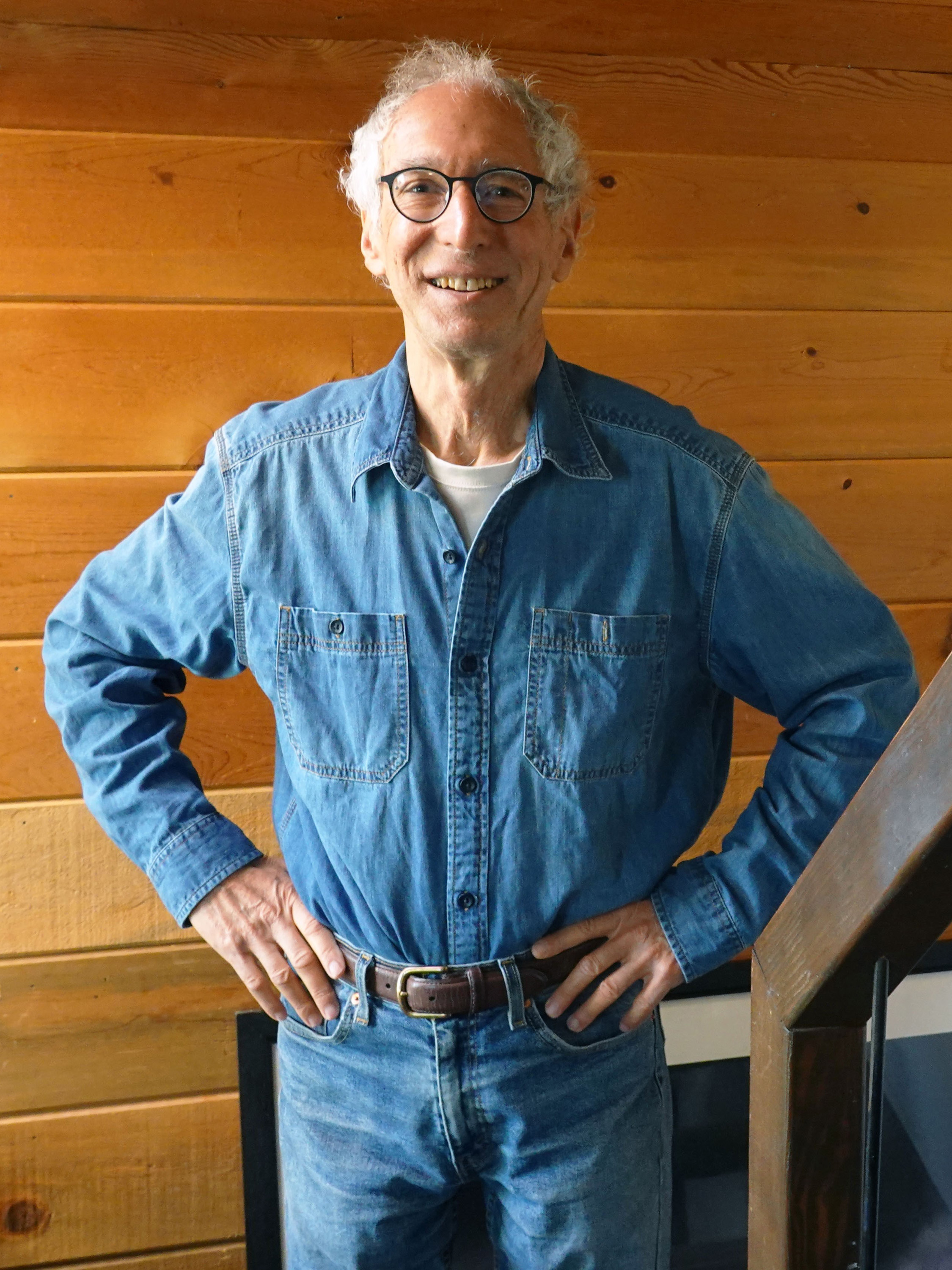How to see inside a tornado
Howie Bluestein ’70, SM ’72, PhD ’76

Tornadoes form in 10 seconds or less. So Howie Bluestein ’70, SM ’72, PhD ’76, a storm chaser for 40-plus years, is working with colleagues to build a new radar system that can scan nearly all of a storm’s volume in 15 seconds—and help forecasters quickly determine its potential to spawn life-threatening conditions.
“This is going to allow us to see things perhaps we’ve never seen before,” explains Bluestein, a professor at the University of Oklahoma. “We’re going to be able to watch tornadoes and see how they evolve within the storm. We’re also going to be able to use this particular radar in hurricanes, and it’s going to be able to look at thunderstorm electricity and see how long it takes charge to build up in a thunderstorm.” It will also allow fast collection of raw data, which could lead to better understanding of cloud and precipitation formation processes.
Bluestein became interested in extreme weather at age five, when he struggled to run home against the wind as Hurricane Carol passed through his town, a suburb of Boston. Another time, lightning struck his house and blew up the television. “That got my attention,” he says.
After earning MIT degrees in electrical engineering and meteorology, Bluestein went to Norman, Oklahoma, to gain direct experience. “I arrived in Norman when people were beginning to storm-chase and look at Doppler radar information. And the idea was that the Doppler radar might be able to give us some advance warning for tornadoes and severe storms,” he says.
Before long, they were gathering on-the-ground observations. “We would go out in the field and look at a storm and provide ground truth for the scientists back at the National Severe Storms Laboratory in Norman who were looking at the Doppler radar,” says Bluestein. Long before cell phones, this meant running back and forth to pay phones. “We would say, ‘Yeah, we see a tornado. No, we don’t see a tornado, we see a rotating wall cloud, or we see large hail.’ And they would correlate our visual observations with what was seen on the radar. This was to become the basis for how Doppler radars were used to provide warnings to the general public.”
The nature of the research has changed dramatically over the past four decades, and so has radar technology. But the thrill of discovery remains. “Actually seeing the tornado is beautiful, aesthetically beautiful,” Bluestein says. “And at the very, very end, the analysis—that’s where you start to make the discoveries. You look at the data and you see things that you didn’t expect. That’s also very, very exciting.”
Keep Reading
Most Popular
Large language models can do jaw-dropping things. But nobody knows exactly why.
And that's a problem. Figuring it out is one of the biggest scientific puzzles of our time and a crucial step towards controlling more powerful future models.
The problem with plug-in hybrids? Their drivers.
Plug-in hybrids are often sold as a transition to EVs, but new data from Europe shows we’re still underestimating the emissions they produce.
Google DeepMind’s new generative model makes Super Mario–like games from scratch
Genie learns how to control games by watching hours and hours of video. It could help train next-gen robots too.
How scientists traced a mysterious covid case back to six toilets
When wastewater surveillance turns into a hunt for a single infected individual, the ethics get tricky.
Stay connected
Get the latest updates from
MIT Technology Review
Discover special offers, top stories, upcoming events, and more.